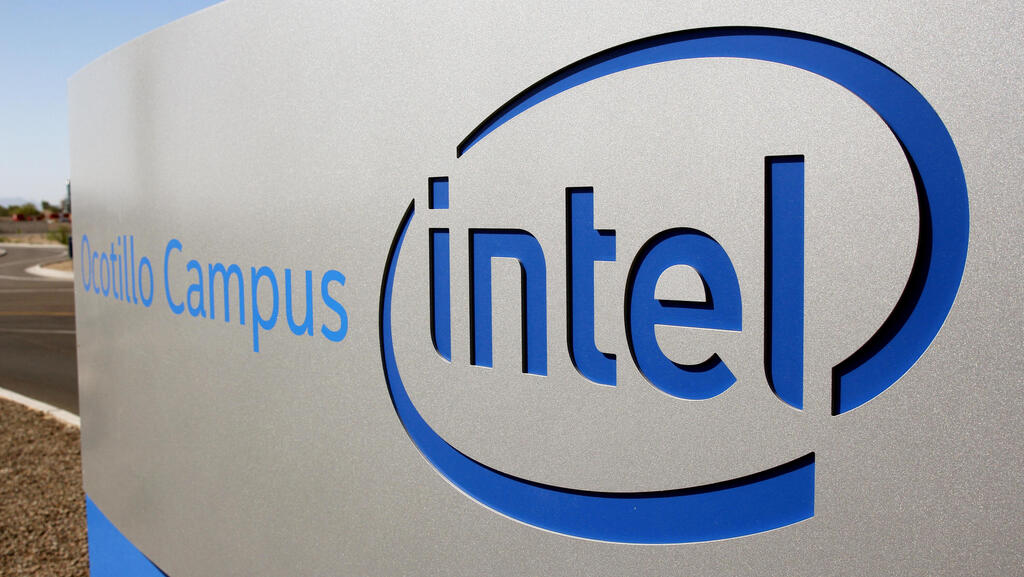
“We could roll out of bed and win market share”: Intel tries to sell the vision while delivering losses
Despite ongoing losses and setbacks in its foundry push, Intel is asking shareholders to stay the course.
Intel’s transformation into a modern chipmaking force is not going according to plan, and no one is more candid about that than the company’s own chief financial officer.
“Execution, execution, execution”: Intel CEO vows to rebuild through results
Speaking at J.P. Morgan’s Global Technology, Media and Communications Conference in Boston this week, CFO David Zinsner offered an unusually forthright diagnosis of Intel’s continued underperformance, even as he voiced cautious optimism under new CEO Lip-Bu Tan.
Zinsner acknowledged that while Intel still dominates the x86 processor market, it does so by inertia as much as innovation.
“I think what Lip-Bu recognizes coming is is the strong x86 franchise that we have. I mean, in a lot of respects, you could argue that our share should be a lot lower than it is,” he said. “But it’s not, because we have a really strong ecosystem. The moats around this business are quite significant.”
For Zinsner, that reality underscores an uncomfortable truth: Intel has been winning market share despite failing to meet customer expectations. “Quite honestly, it is a little bit embarrassing that we developed products that haven’t met customer requirements to the level that they should,” he admitted. “We could roll out of bed and win market share.”
It’s a stark statement from the financial steward of a company that once defined the trajectory of the global semiconductor industry. Intel is now attempting to reboot its relevance, not just by regaining its competitive edge in central processing units (CPUs), but by reinventing itself as a major foundry - manufacturing chips for outside clients in competition with TSMC and Samsung.
But as Zinsner made clear earlier this week, the company’s contract chipmaking effort, Intel Foundry, is still in its early innings. The committed volumes from external customers remain “not significant,” and test chip partnerships don’t always translate into long-term deals.
At the center of Intel’s reset is Tan, a veteran venture capitalist and investor who replaced Pat Gelsinger in March after the board lost confidence in the pace and direction of the turnaround.
So far, Tan has focused on what Zinsner calls Intel’s core dysfunction: poor execution. “When he looks at the business, what he feels is the biggest issue at the moment is a lack of execution,” Zinsner said.
One of Tan’s first moves has been to dismantle layers of management. “He’s really flattening the organization,” said Zinsner. “He’s already done that at the executive team level. He’s got a lot more engineering leaders reporting to him.”
The goal is not just efficiency, but proximity. Tan, according to Zinsner, wants the lowest rungs of the organization closer to him, so he can “hear the good, the bad and the ugly” directly from engineers and customers. “He’s also spending a lot of time with customers,” Zinsner added.
Tan’s hands-on style has already made an impression. Zinsner recounted one weekend in which the new CEO held 22 meetings in one day. “He’s working really hard to address that.”
Another key area of focus: bringing world-class talent back to the company. “There is some truth to the fact that we have lost some talent at the company and we do need to rebuild that,” Zinsner said. “The great thing about Lip-Bu is that he is a magnet for talent. You’ll start to see people come into the organization at the senior engineering level that are world class.”
For all the optimism around Tan’s arrival, the road ahead remains steep. Intel’s 2025 proxy letter, released earlier this month, delivered a sobering message. In a note from board chairman Frank Yeary, investors were warned that “there are no quick fixes.” The turnaround, he wrote, “is far from complete.”
Related articles:
Zinsner echoed that realism in Boston. The company’s foundry business, while growing, still depends heavily on internal manufacturing for its revenue. To break even by 2027, Intel will need to generate billions in outside foundry income.
And while the company has secured test chip deals with names like Nvidia and Broadcom, Zinsner cautioned that “some customers fall out of the test chips.”
For now, Intel’s legacy is carrying more weight than its roadmap. “I was talking to one of my banker buddies,” Zinsner recalled, “and he was telling me that the bank doesn’t even think about moving away from Intel given the network and ecosystem and the support that they get. That is our advantage.”
It is a valuable moat. But unless Intel can pair that with products that customers actually want, and talent that can deliver them, it will remain a company leaning on its past instead of building the future.
